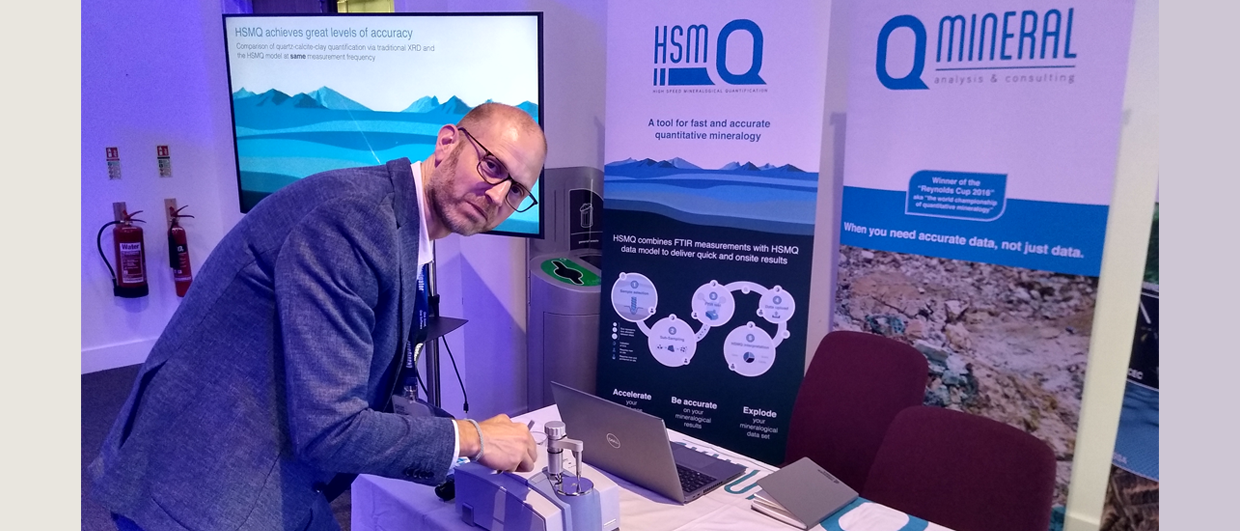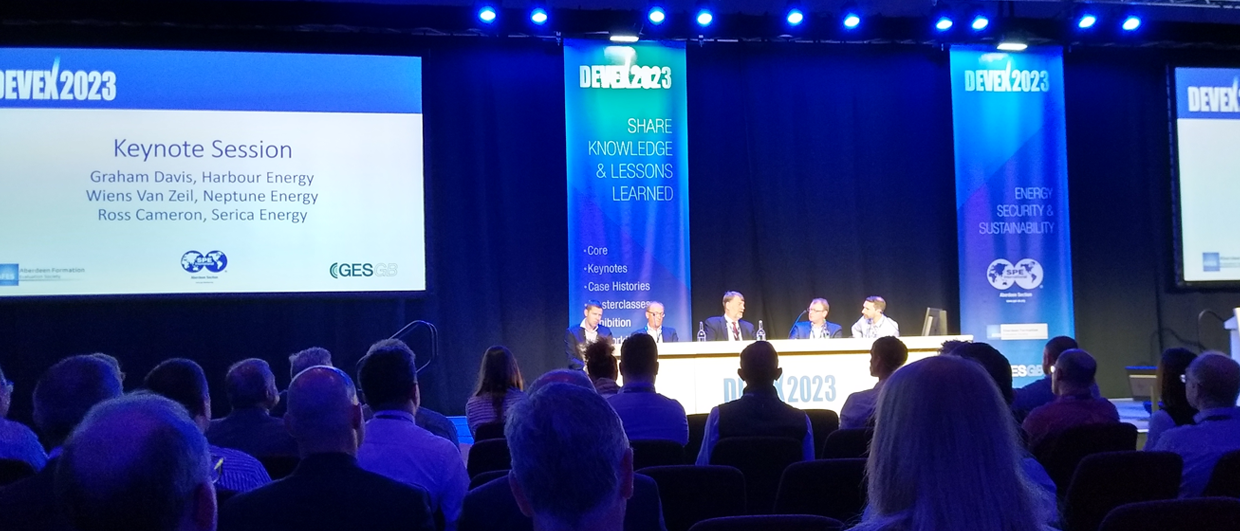Times are gone that deep resistivity tools are only being used for geo-steering. The inverted data help build geomodels, help estimate net pay thickness away from well data and see beyond the seismic resolution of 3D surveys. At the annual DEVEX conference in Aberdeen in June 2024, I counted four operator talks during which deep resistivity tools were discussed as part of development drilling campaigns.
First of all, the Equinor team beautifully illustrated how deep resistivity tools have helped better understand the architecture of the Maureen sandstone reservoir in the Mariner field, Northern North Sea. Where the seismic data did not show any structural features in what initially looked like a tank of sand, the deep resistivity tool used in the horizontal development wells clearly picked up internal thrust faults. This could subsequently be related to production data, which helped explain why some closely spaced wells do not see pressure communication. A clear example of better understanding reservoir architecture in a sand that was supposed to be much more homogeneous pre-drill than it turned out to be in the end.
In another interesting example, Andy Miles from Harbour Energy demonstrated the value of the deep resistivity tool for drilling thin injectite sands in the Catcher field, UK Central North Sea. Where the tool was previously used for landing wells in the right location, now the team also uses the inverted data to better estimate net pay thickness across the seismic cube. This is done through calculating net reservoir thickness based on the inverted data along the wellbore, which feeds into the sum of negative amplitudes net pay estimation. The regression then enables the team to estimate net pay thickness from seismic amplitude away from well control.
The largest part of the value of the Deep-directionalresistivity (DDR) logging-while-drilling (LWD) technology lies in the automatic inversion of the measurements, improving the detection of geologic and fluid boundaries within a radius of investigation of more than 30 m around the wellbore in real time.
On the second day of the conference, Nick Bortnik from Serica Energy illustrated what is supposedly a fairly novel way of using the deep resistivity tool in the Evelyn development. Here, thinly bedded oil-saturated sands and the over – and underlying mudstones are sometimes challenging to differentiate between with the tool. And finally, Nick Allan from NEO Energy illustrated how his team had sleepless nights about the question whether a fault was present in the target reservoir or not, narrowing the depth window in which the hanging wall compartment had to be entered. Again, deep resistivity helped steer the well to a successful outcome.



